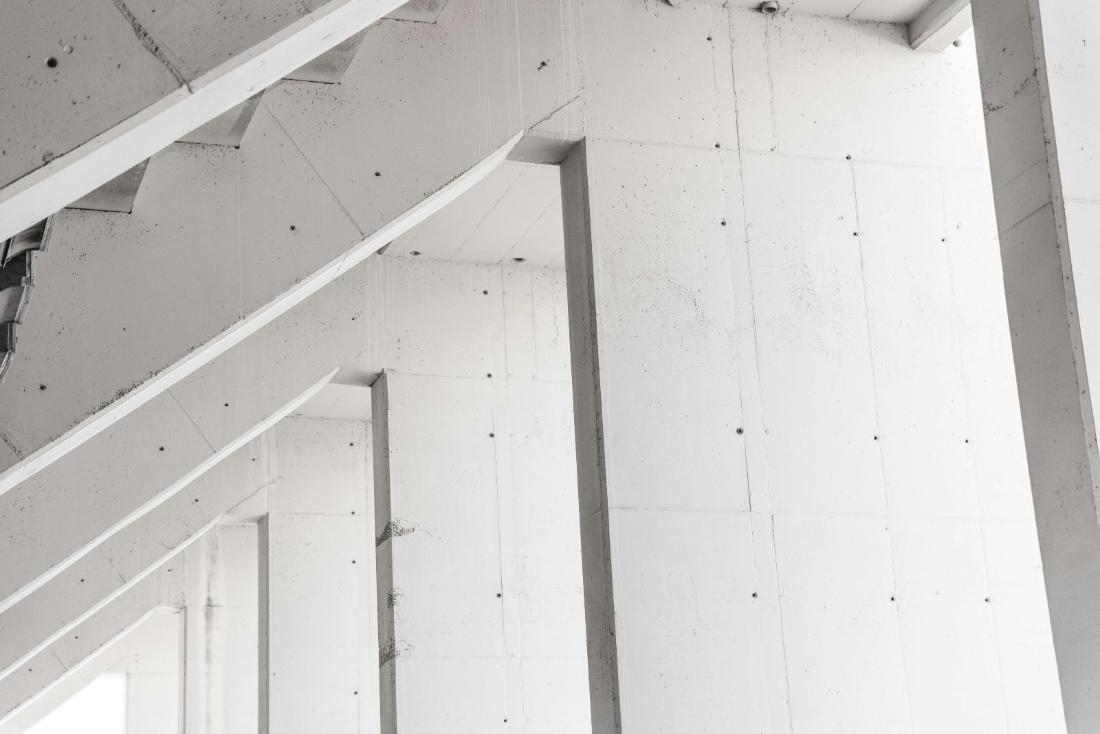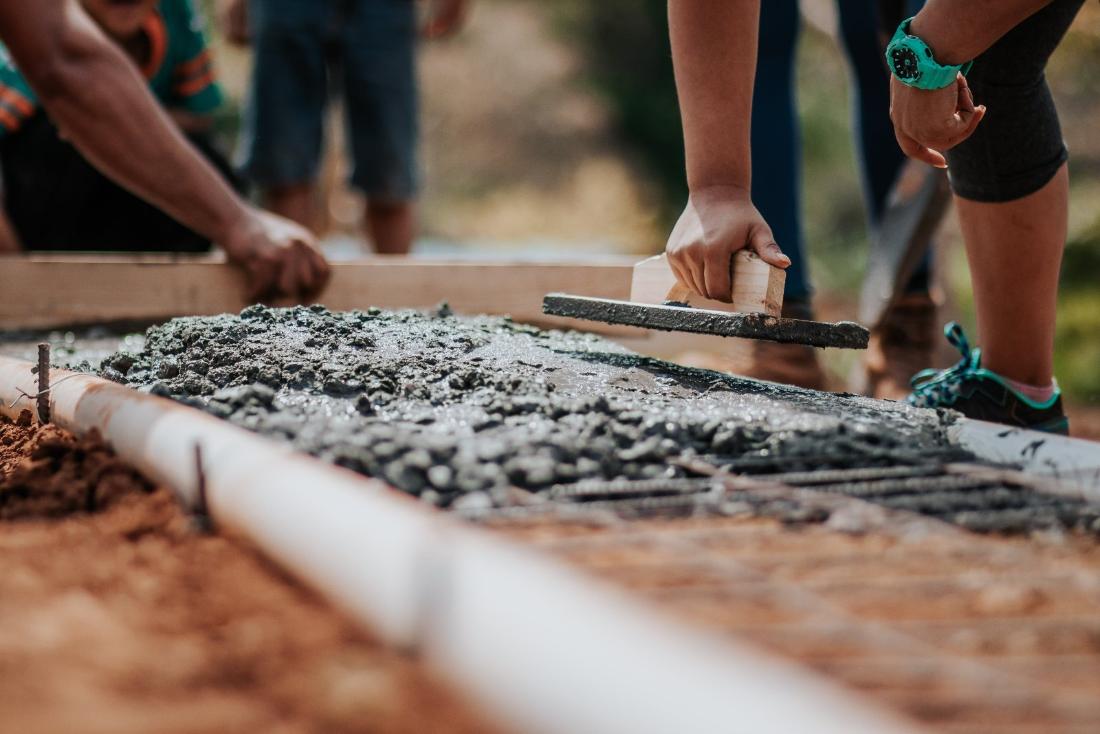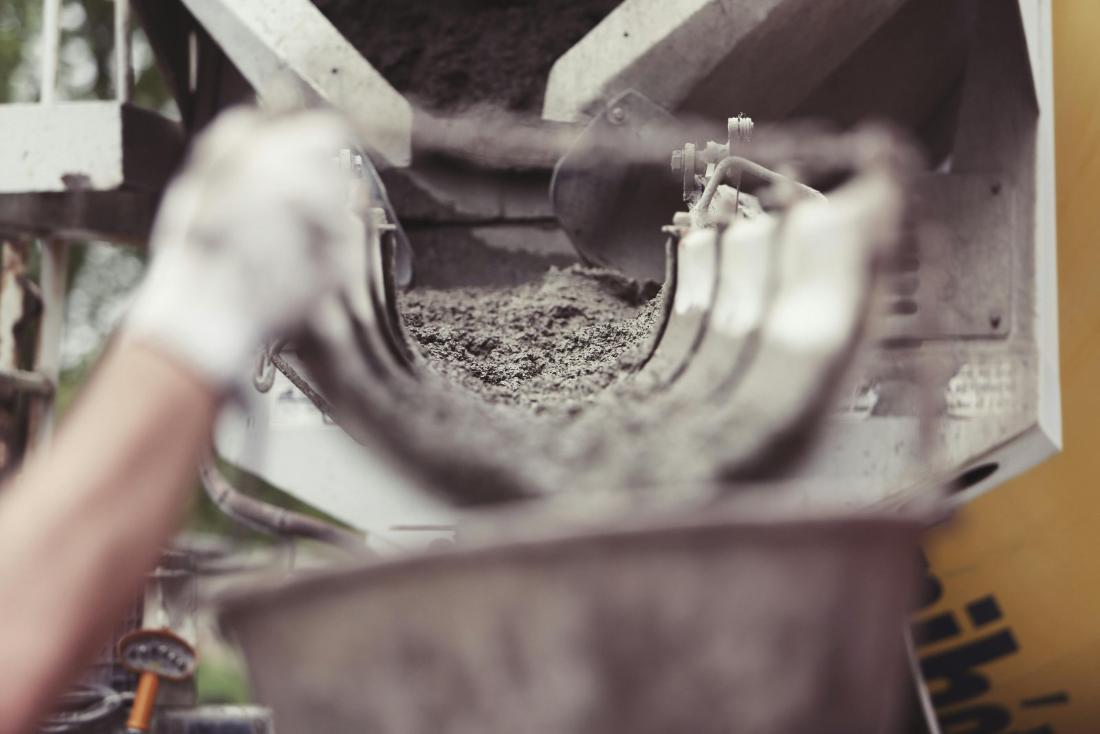Material
Cement
Feb 20 2024
Cement, the unassuming gray powder, might not look particularly exciting, but it's the foundation of our modern world. From towering skyscrapers to intricate bridges and humble roads, concrete, made with cement as its key ingredient, forms the bones of our infrastructure. But beyond its physical presence, cement plays a crucial role in economic development, urbanization, and societal well-being. Let's delve deeper into the world of cement:
A Brief History:
The use of cement-like materials dates back to ancient civilizations, with Egyptians and Romans employing precursors like lime mortars in their iconic structures. However, the modern Portland cement, named after its resemblance to English limestone, was invented in the early 19th century, revolutionizing construction.
The Production Process:
Making cement involves grinding and heating limestone, clay, and other materials in a kiln, resulting in a clinker. This clinker is then ground with gypsum to produce the final cement powder. While seemingly simple, this process is energy-intensive and contributes significantly to global CO2 emissions.
The Power of Concrete:
Concrete, a mixture of cement, water, aggregate (sand and gravel), and sometimes additives, is incredibly versatile and durable. It's strong, fire-resistant, and relatively affordable, making it the go-to material for diverse construction needs.
Beyond Infrastructure:
Cement's applications extend beyond roads and buildings. It's used in prefabricated structures, dams, irrigation canals, and even medical applications like bone cement.
Challenges and Innovations:
With its widespread use comes the responsibility to address sustainability concerns. The industry is exploring ways to reduce its carbon footprint through alternative fuel sources, recycled materials, and carbon capture technologies. Additionally, innovative cements with lower environmental impact are being developed.
The Future of Cement:
As urbanization continues and the demand for infrastructure grows, cement will remain a crucial material. The focus will be on making it more sustainable, optimizing its performance, and exploring new applications.
Further Exploration:
This article provides a glimpse into the world of cement. If you're curious to learn more, consider exploring these areas:
The environmental impact of cement production and potential solutions.
The role of cement in developing countries and its impact on poverty alleviation.
The future of construction materials and how they might replace or complement cement.
The social and economic impact of the cement industry on communities.
Cement may not be flashy, but it's an essential element of our lives. By understanding its importance and the challenges it faces, we can contribute to shaping a more sustainable and resilient future for ourselves and generations to come.
Photo credit: media from befunky




